Shiplap siding, with its characteristic overlapping joints, is a popular choice for those looking to add a touch of rustic charm to their homes. The choice of wood species plays a significant role in the appearance, durability, and overall performance of the siding. In this blog post, we’ll explore eight different wood choices for exterior shiplap siding, each with its unique set of properties.
Ipe Shiplap Siding
Appearance: Ipe is a rich, dark brown wood with occasional hints of olive green.
Durability: Known for its extreme hardness and resistance to decay, Ipe can last over 50+ years without treatment.
Other Features: It’s naturally resistant to insects, mold, and fire. However, its density makes it challenging to work with.
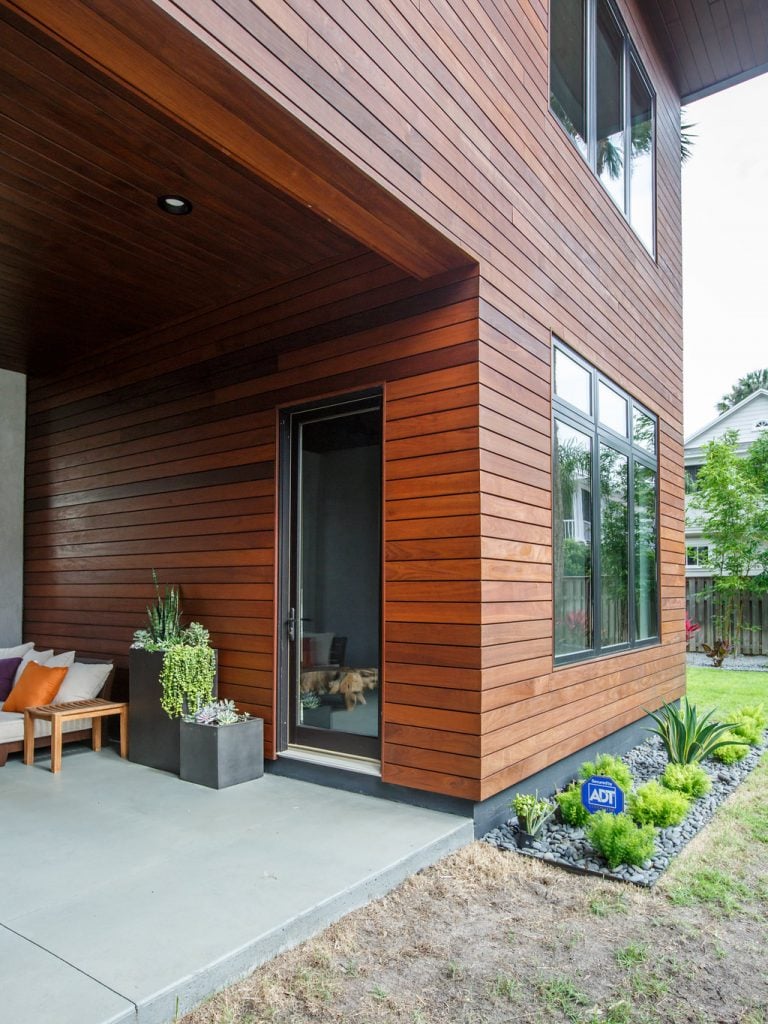
Cumaru Shiplap Siding
Appearance: Cumaru ranges from a reddish-brown to a deep golden brown.
Durability: Comparable to Ipe in terms of hardness and longevity.
Other Features: Resistant to insects and decay. It’s slightly less dense than Ipe, making it somewhat easier to work with.

Plantation Teak Siding
Appearance: Teak has a golden to medium brown hue, which can turn to a silver-gray patina over time if left untreated.
Durability: Teak is known for its exceptional resistance to decay and rot.
Other Features: Often used in boat building, teak contains natural oils that repel water and prevent warping.
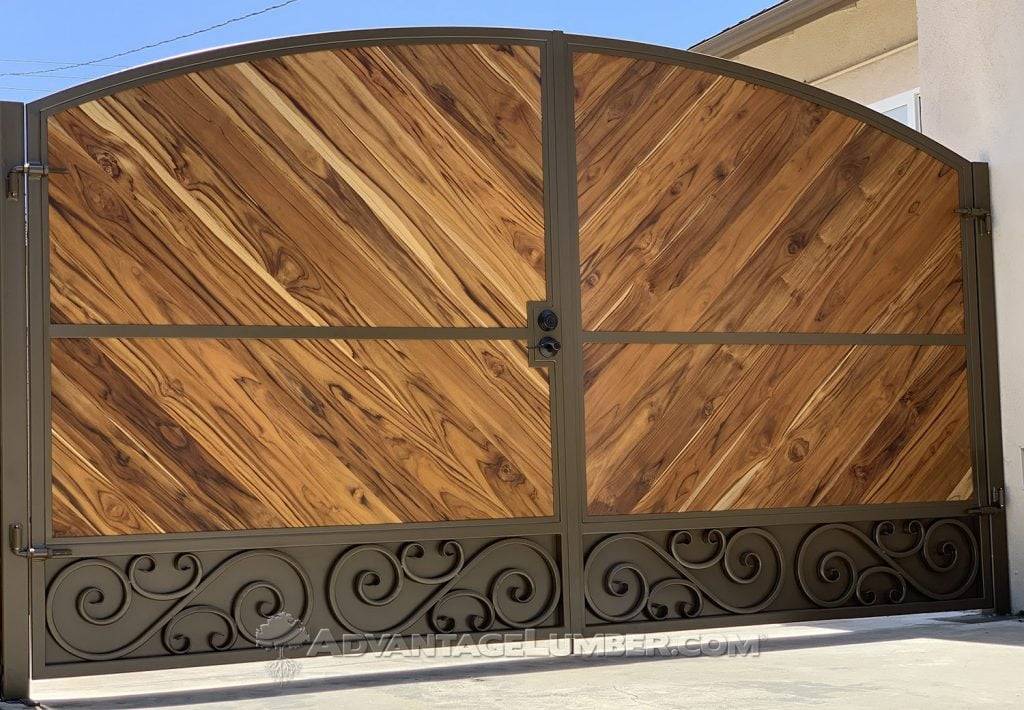
Tigerwood Shiplap Siding
Appearance: As the name suggests, Tigerwood has dramatic streaks of dark brown and black on a light golden brown background.
Durability: It’s a durable wood that can last 25-30 years with proper care.
Other Features: Naturally resistant to rot and insects. Its striking appearance makes it a favorite for those looking for a standout design.
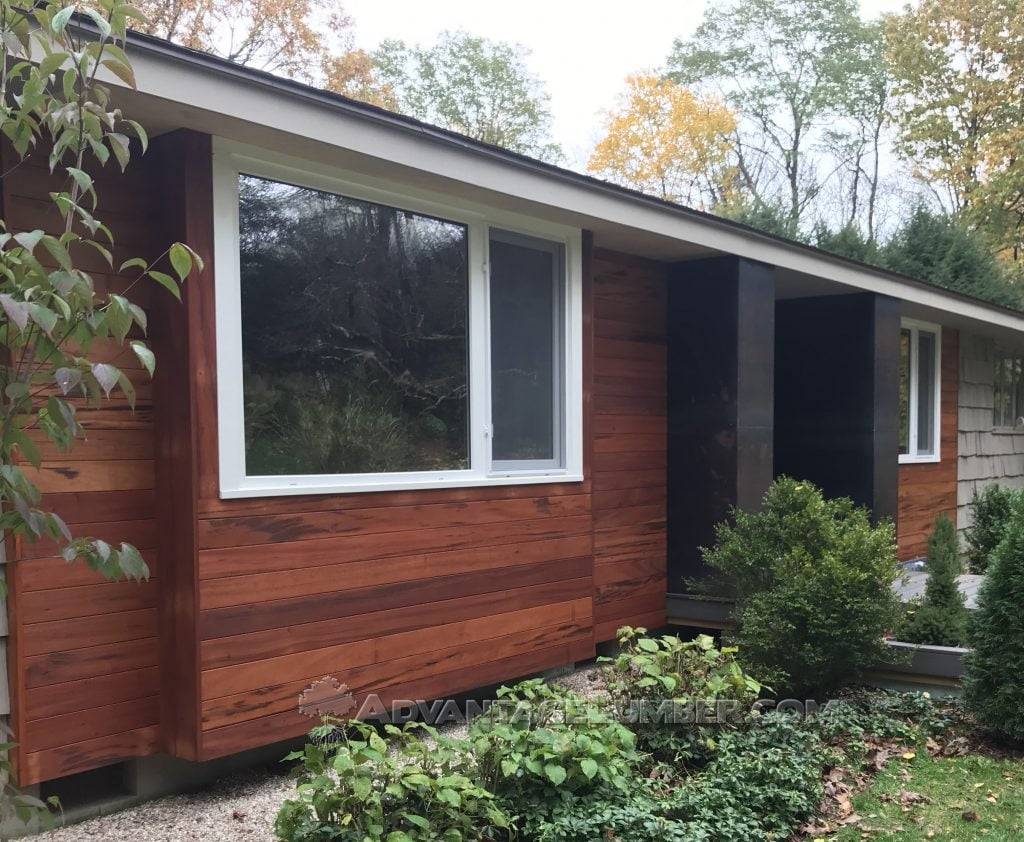
Garapa Siding (Brazilian Ash)
Appearance: Garapa has a fine-grained, yellowish hue that can turn to a golden brown over time.
Durability: It’s a hard, durable wood that’s resistant to decay and insects.
Other Features: Garapa is lighter in weight compared to Ipe and Cumaru, making it easier to install.

Brazilian Redwood Siding
Appearance: This wood boasts a reddish-brown hue.
Durability: Almost as hard as Ipe, Brazilian Redwood can last for decades.
Other Features: Naturally resistant to insects and rot. It’s denser than many other woods, which can make installation more challenging.
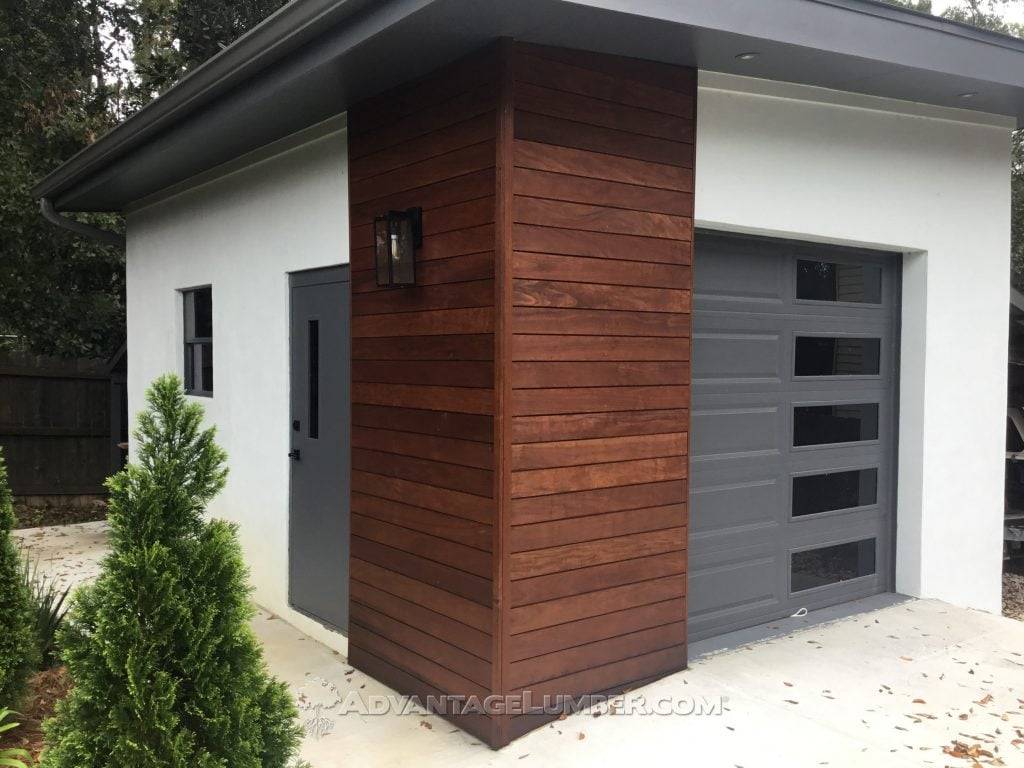
Mahogany Shipalp Siding
Appearance: Mahogany has a rich, reddish-brown color with a fine grain.
Durability: While not as hard as Ipe or Cumaru, Mahogany is still a durable choice that resists decay.
Other Features: It’s easier to work with than some of the denser woods and takes stains and finishes well.
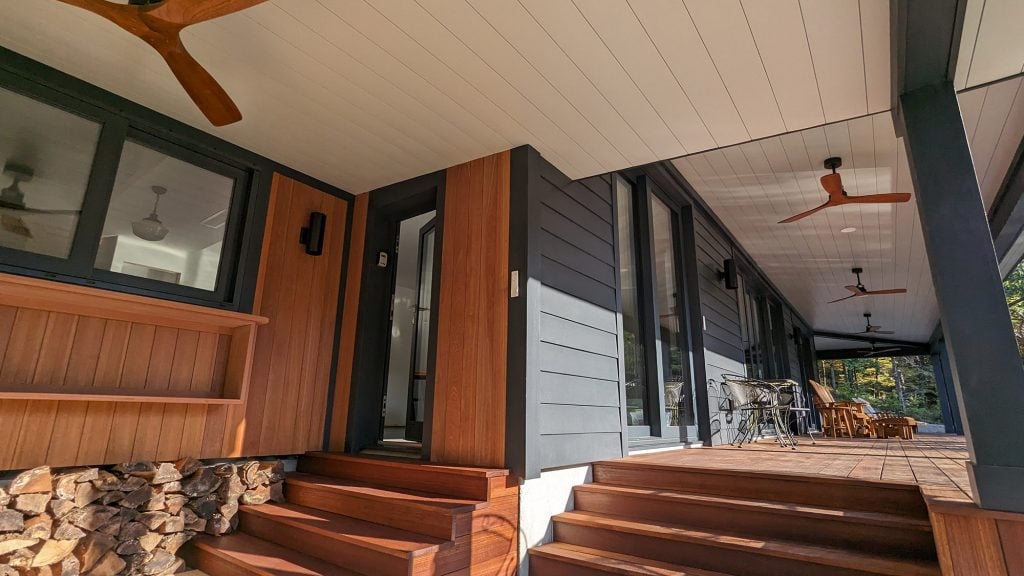
Thermally Modified Wood Siding
Appearance: The thermal modification process darkens the wood, giving it a rich brown hue.
Durability: The process increases the wood’s resistance to decay and insects.
Other Features: Unlike the other woods on this list, thermally modified wood isn’t a specific species. Instead, it’s a treatment process that can be applied to various wood types, enhancing their properties.

Conclusion
When choosing a wood species for exterior shiplap siding, consider factors like appearance, durability, resistance to environmental factors, and ease of installation. Each of the woods listed above offers a unique blend of aesthetics and performance, ensuring that homeowners can find the perfect match for their specific needs and preferences.
